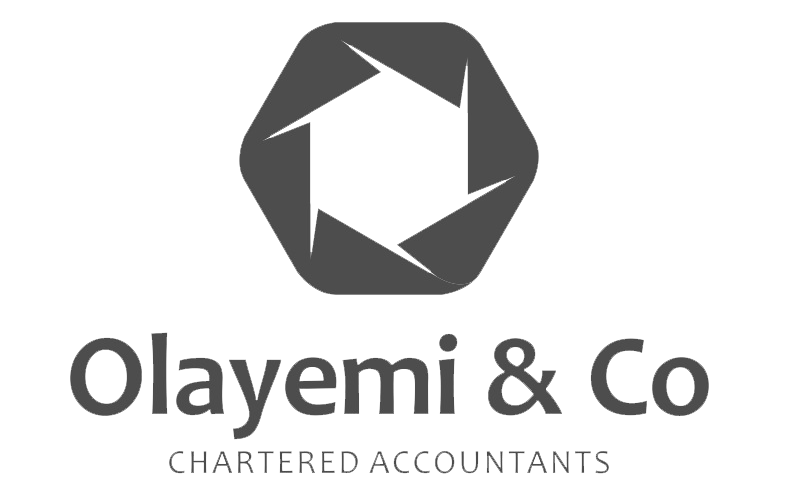- 6 Modile Way, Surulere, Lagos
- (+234) 813 601 5531
Industrial Design Application
- Home
- Industrial Design Application
Application Steps
For Industrial Design
An Industrial Design is the ornamental or aesthetic aspect of an article. The design may consist of three-dimensional features, such as the shape of an article, or two-dimensional features, such as patterns, lines or colour. Industrial Designs are applied to a wide variety of products of industry and handicrafts such as technical and medical instruments, watches, jewellery, house-ware, electrical appliances, vehicles, architectural structures, textile designs, leisure goods and other luxury items. Industrial Designs make an article attractive and appealing, thereby adding to its commercial value and increasing its marketability. To be protected in Nigeria, an Industrial Design must appeal to the eye. This means that an Industrial Design is primarily of an aesthetic nature, and does not protect any technical features of the article to which it is applied.
Protection of Industrial Design
In most countries, an Industrial Design must be registered in order to be protected under Industrial Design law. As a general rule, to be registrable, the design must be “new” or “original”. Different countries have varying definitions of such terms, as well as variations in the registration process itself. Generally, “new” means that no identical or very similar design is known to have existed before. Once a design is registered, a registration certificate is issued. Depending on the particular national law and the kind of design, an Industrial Design may also be protected as a work of art under copyright law. In which case registration is not required. In some countries, Industrial Design and copyright protection can exist concurrently.
In other countries, they are mutually exclusive: once the owner chooses one kind of protection, he can no longer invoke the other. In certain countries, an Industrial Design may also be protected against imitation under unfair competition law. The owner of a protected Industrial Design is granted the right to prevent unauthorized copying or imitation of the design by others. This includes the right of making, offering, importing, exporting or selling any product in which the design is incorporated or to which it is applied. He may also license or authorize others to use the design on mutually agreed terms. The owner may also sell the right to the Industrial Design to someone else. The term of protection under Industrial Design laws is generally five years, with the possibility of further periods of renewal up to, in most cases, 15 years. Generally, Industrial Design protection is limited to the country in which protection is granted.
Protection of Industrial Design
Helps to ensure a fair return on investment; Improves the competitiveness of a business against copying and imitating the design by competitors; Helps to increase the commercial value of a company, as successful Industrial Designs constitute business assets; Encourages creativity in the industrial and manufacturing sectors, as well as in traditional arts and crafts.
Protection of Industrial Design
Conduct availability search for design; Obtain application forms 1&2 (textiles) 3&4 (non- textiles). Include a statement of novelty specifying features of the design for which novelty is claimed; Submit specimen or representation including the graphic or photographic representation of design. Submit a power of attorney /authorization of agent: Certificate of design is issued after the application has been processed; Registration of industrial designs lasts for 15 years subject to renewal after every 5 years.
